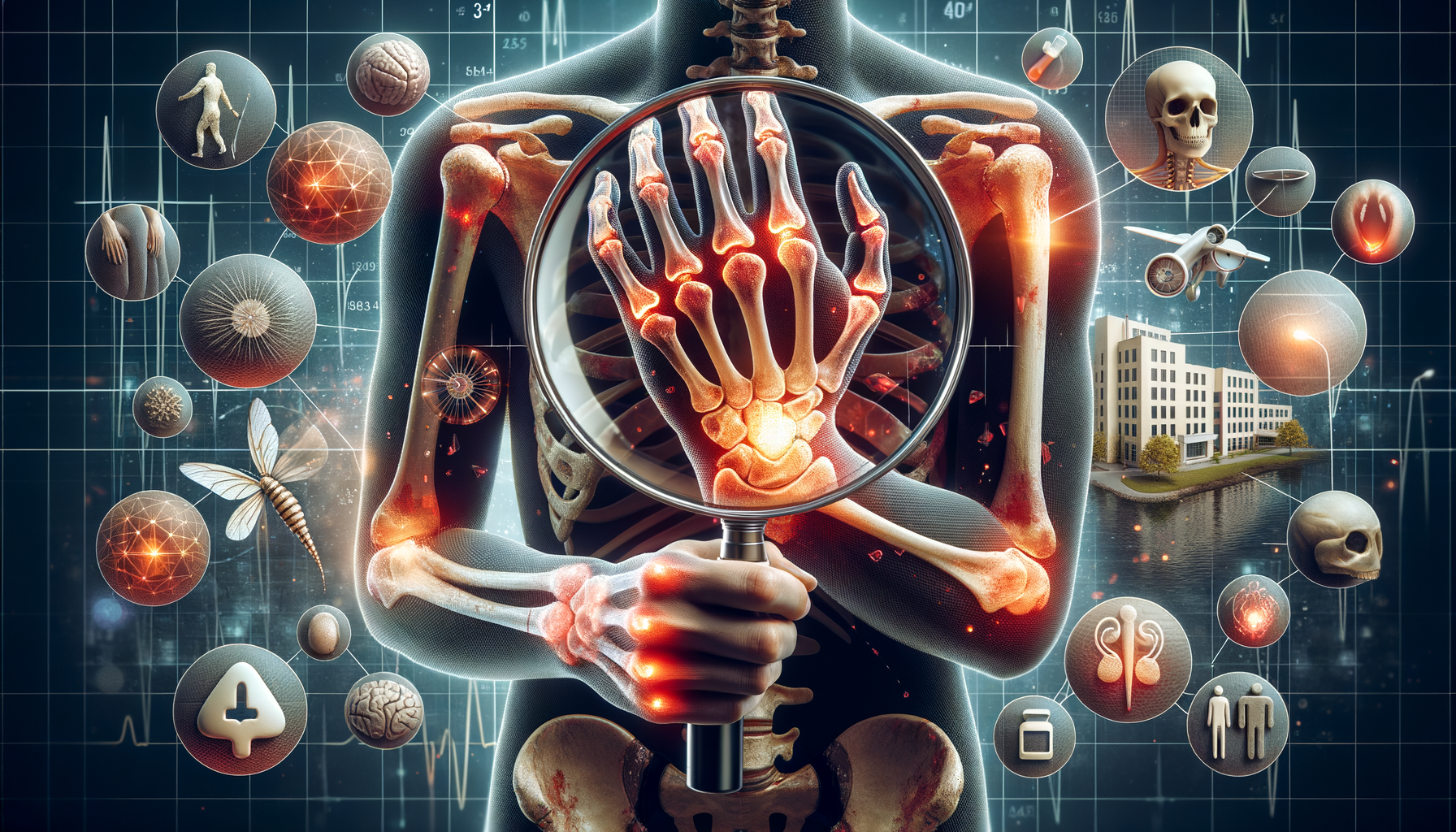Understanding Joint Issues and Chronic Pain
Joint issues and chronic pain are common concerns that affect millions worldwide. These conditions can stem from various underlying causes, including arthritis, injury, or other medical conditions. Joint pain often manifests as discomfort, inflammation, or stiffness in one or more joints, potentially leading to reduced mobility and quality of life. Chronic pain, on the other hand, is persistent pain that lasts for weeks, months, or even years, often without a clear cause.
Understanding these issues requires a comprehensive approach, considering factors such as the duration, intensity, and location of the pain. It’s crucial to distinguish between acute and chronic pain, as they require different management strategies. Acute pain is typically short-lived and directly related to tissue damage, while chronic pain persists beyond normal healing time and can be more challenging to treat.
Joint issues and chronic pain can significantly impact daily activities, making it essential to seek appropriate medical advice. Early diagnosis and intervention can prevent further complications and improve outcomes. Recognizing the signs that indicate a need for specialist care, such as a rheumatologist, can be vital in managing these conditions effectively.
Common Causes of Joint Issues and Chronic Pain
Several factors can contribute to joint issues and chronic pain, including:
- Arthritis: A group of conditions characterized by inflammation of the joints, leading to pain and stiffness.
- Injuries: Trauma to the joints or surrounding tissues can result in lasting pain.
- Autoimmune diseases: Conditions like lupus or rheumatoid arthritis, where the immune system attacks healthy tissues.
- Infections: Certain infections can lead to joint inflammation and pain.
- Metabolic problems: Disorders such as gout, caused by the accumulation of uric acid crystals in the joints.
Each cause requires a tailored approach to treatment, emphasizing the importance of accurate diagnosis. Rheumatologists specialize in diagnosing and treating musculoskeletal diseases and systemic autoimmune conditions, making them key players in managing joint issues and chronic pain.
Understanding the root cause of the pain is crucial for effective management. For instance, while arthritis might require anti-inflammatory medications, an injury might benefit from physical therapy. A rheumatologist can provide a comprehensive evaluation to determine the underlying cause and recommend appropriate treatment strategies.
When to Seek a Rheumatologist’s Expertise
Deciding when to consult a rheumatologist can be challenging, especially when symptoms vary in intensity and frequency. However, certain signs indicate the need for specialized care:
- Persistent joint pain lasting more than a few weeks.
- Swelling, redness, or warmth around the joints.
- Stiffness, especially in the morning or after periods of inactivity.
- Fatigue or unexplained weight loss accompanying joint pain.
- Family history of autoimmune or rheumatologic diseases.
Rheumatologists have the expertise to diagnose complex conditions that may not be apparent to general practitioners. They use advanced diagnostic tools, such as imaging tests and laboratory assessments, to gain a comprehensive understanding of the patient’s condition.
Early referral to a rheumatologist can lead to more effective management of joint issues and chronic pain. They can offer a range of treatments, including medication, lifestyle modifications, and physical therapy, tailored to the individual’s needs.
Managing Joint Issues and Chronic Pain
Management of joint issues and chronic pain involves a multidisciplinary approach, focusing on reducing pain, improving function, and enhancing quality of life. Treatment strategies may include:
- Medications: Nonsteroidal anti-inflammatory drugs (NSAIDs), corticosteroids, and disease-modifying antirheumatic drugs (DMARDs).
- Physical therapy: Exercises to strengthen muscles around the joints, improve flexibility, and reduce pain.
- Lifestyle changes: Maintaining a healthy weight, regular exercise, and a balanced diet to support joint health.
- Alternative therapies: Acupuncture, massage, and other complementary therapies may provide relief for some individuals.
It’s essential to work closely with healthcare providers to develop a personalized treatment plan. Regular monitoring and adjustments to the treatment plan ensure optimal management of the condition.
Education and self-management are also crucial components of managing chronic pain. Understanding the condition and learning coping strategies can empower patients to take an active role in their care, leading to better outcomes.
Future Directions in Rheumatology
The field of rheumatology is continuously evolving, with ongoing research and advancements in treatment options. Innovations in biologic therapies and precision medicine are paving the way for more targeted and effective treatments.
Biologics, for example, are engineered proteins that target specific components of the immune system, offering new hope for patients with autoimmune conditions. These therapies have shown promise in reducing symptoms and slowing disease progression, particularly in conditions like rheumatoid arthritis and lupus.
Additionally, advancements in diagnostic techniques, such as imaging technologies and genetic testing, are enhancing the ability to diagnose rheumatologic conditions accurately. These tools allow for earlier intervention, potentially preventing irreversible joint damage and improving long-term outcomes.
As research continues, the future of rheumatology holds the promise of more personalized and effective treatments. Patients can look forward to improved quality of life and better management of joint issues and chronic pain.




Leave a Reply